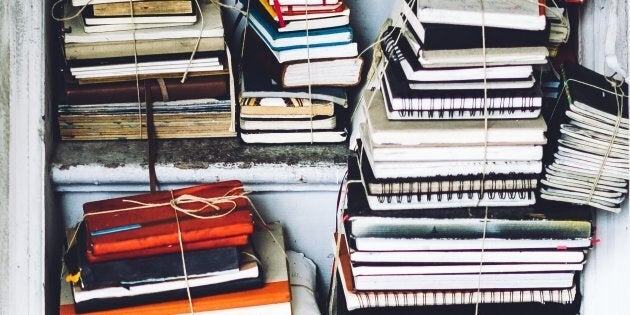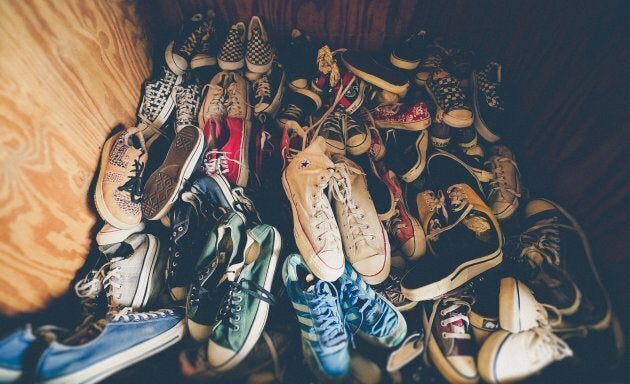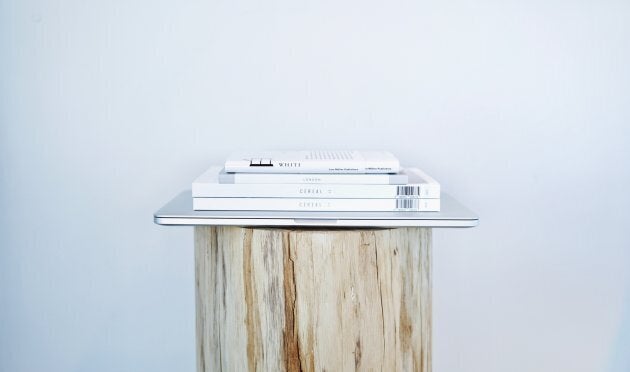
It's an interesting time right now. On one side we're witnessing the continual rise of fast fashion -- affordable and somewhat disposable trends that are 'in' one week and 'out' the next.
Some people (with women generally being more guilty of this than men) aren't wearing some items more than twice -- instead opting to buy a new outfit for the weekend instead of, heaven forbid, wearing the same dress they wore a month ago because it happened to appear on their social media.
Moreover, the fast fashion movement is slowly extending to interiors and as we see mass retail chains like Target, Kmart and Big W lift their game with the frequent release of cool, cheap homeware collections that sell out in days or weeks.
The result is we all wind up owning a whole lot of 'stuff' in our (increasingly smaller) homes.
Then, at the same time we're seeing a rise in the minimalist trend. People are actively and purposely removing unnecessary items from their life in a bid to feel freer, gain mental clarity and be less of a slave the the dopamine fuelled hit of obtaining 'things'.
An interesting place these two movements intersect is when you observe the process known as Swedish Death Cleaning. A new book, The Gentle Art Of Swedish Death Cleaning by Swedish-born Margareta Magnusson takes a look at the gradual de-clutter of one's life in the later years to prepare for a minimal end with regards to belongings.

It is, in part, a gift to your remaining loved ones so that they don't have a whole bunch of pointless things to sort through while they are grieving. The process is becoming more necessary than ever as Gen X-ers are having to deal with more 'stuff' when their parents pass than generations before them.
Magnusson, who she herself says she is 'somewhere between 80 and 100 years old' pursued a career as a painter after first working as fashion and advertising designer.
During her career she moved houses 17 times, both within Sweden and overseas. For that reason she says "I should know what I am talking about when it comes to deciding what to keep and what to throw away".
You don't need to be elderly or middle aged to subscribe to her ethos, either. Think about it -- how many pairs of underwear do you have stuffed into that drawer? Sure, some beautiful books you'll want to keep forever but do you really need to hold onto every novel and magazine you've ever read?
"Sometimes you just realise that you can hardly close your drawers or barely shut your closet door. When that happens, it is definitely time to do something, even if you are only in your thirties," Magnusson said.

The issue obviously compounds as you get older, especially if you're not great at throwing things out. This often culminates in a physically and mentally exhausting culling process when elderly people either need to downsize to a home or pass away.
Magnusson says that done well, the approach not only makes things easier for your loved ones later on, it allows you to revisit the lifetime of memories accumulated with your things.
In the book Magnusson suggests starting with non emotive items like clothing and accessories in your wardrobe. If you begin with photos and letters you'll likely get bogged down in memories and emotions and quickly tire of the process.
She also suggests throwing out any embarrassing memories before you die -- don't leave those raunchy pictures or private diary pages for your kids to discover.